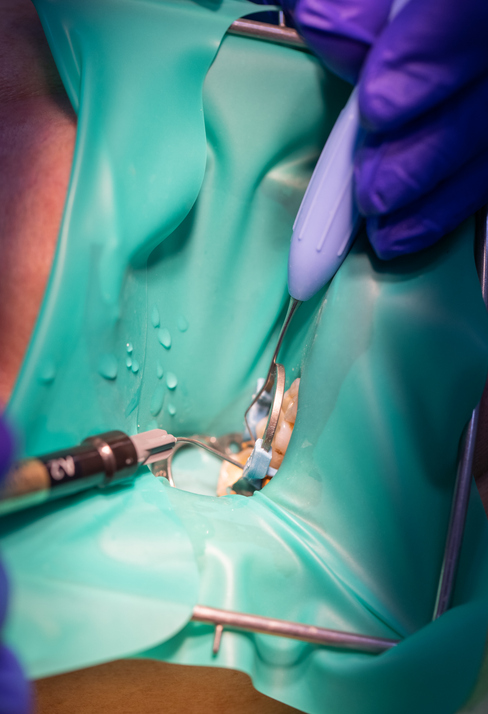
Performance of endodontic sealers

Investigators have assessed the performance of endodontic sealers.
Achieving optimal sealing has previously been shown to improve the success of root canal treatments.
In an in vitro study published in Cureus, the investigators randomly treated 60 extracted lower premolar teeth with one of three endodontic sealers following root canal preparation: a calcium silicate-based sealer, an epoxy resin-based sealer and a silicone-based sealer. They sought to determine the sealing ability of endodontic sealers by measuring their adhesion to root canal dentin.
After storing them at 37°C and 100% humidity for one week, the investigators sectioned the teeth longitudinally for analysis with scanning electron microscopy. Compared with the epoxy resin-based and silicone-based sealers, the calcium silicate-based sealer was found to have the smallest gaps. Further, the apical halves in all three groups adapted better compared with the coronal halves.
The findings indicated that a calcium silicate-based sealer may offer the greatest endodontic sealing and could minimize the risk of microleakage. Further studies are needed to evaluate the long-term outcomes of calcium silicate-based sealer use.
Read more: Cureus
The article presented here is intended to inform you about the broader media perspective on dentistry, regardless of its alignment with the ADA's stance. It is important to note that publication of an article does not imply the ADA's endorsement, agreement, or promotion of its content.